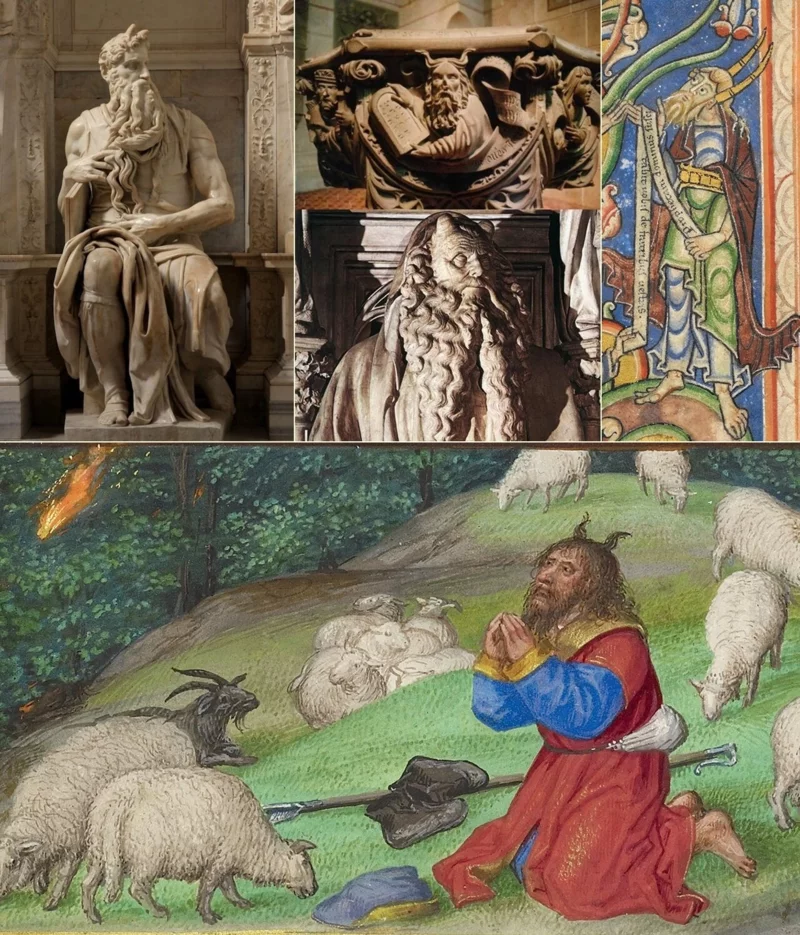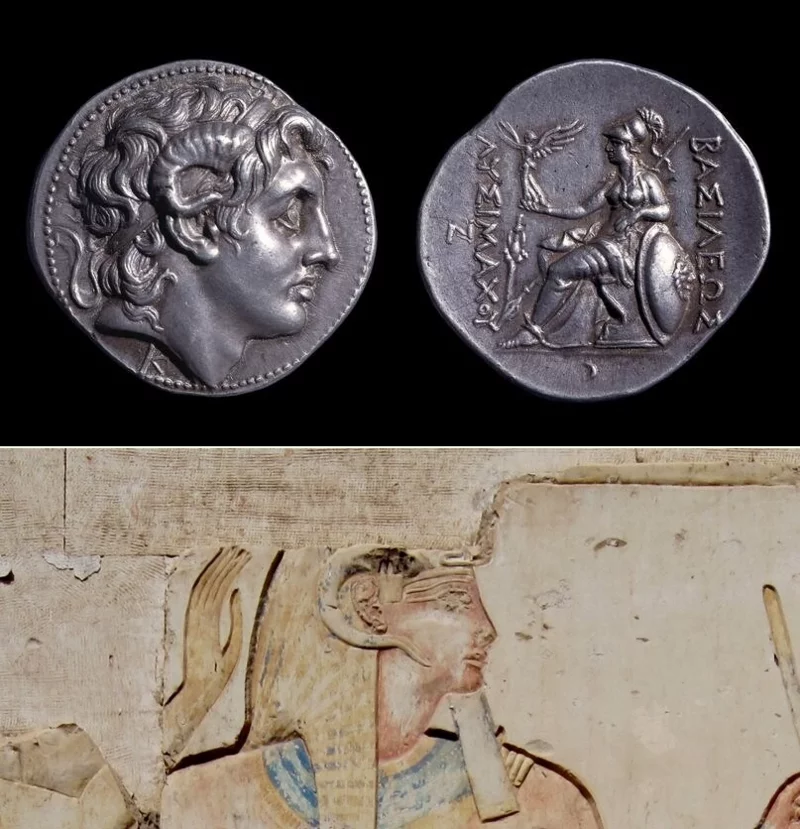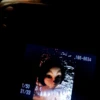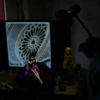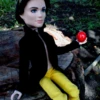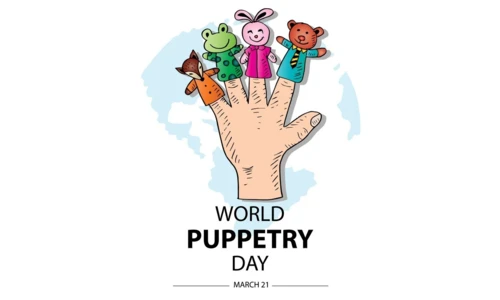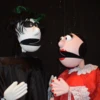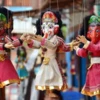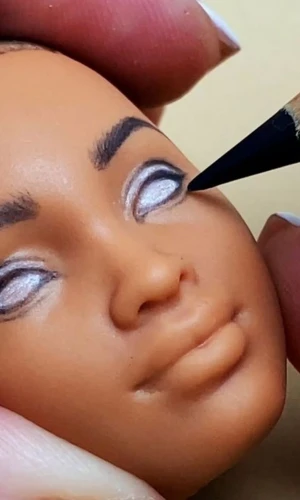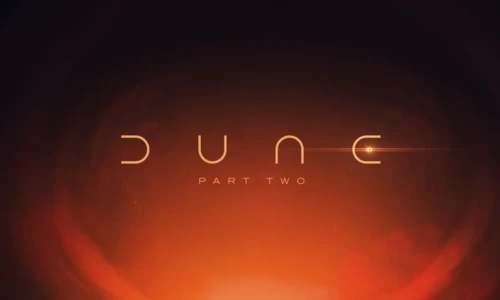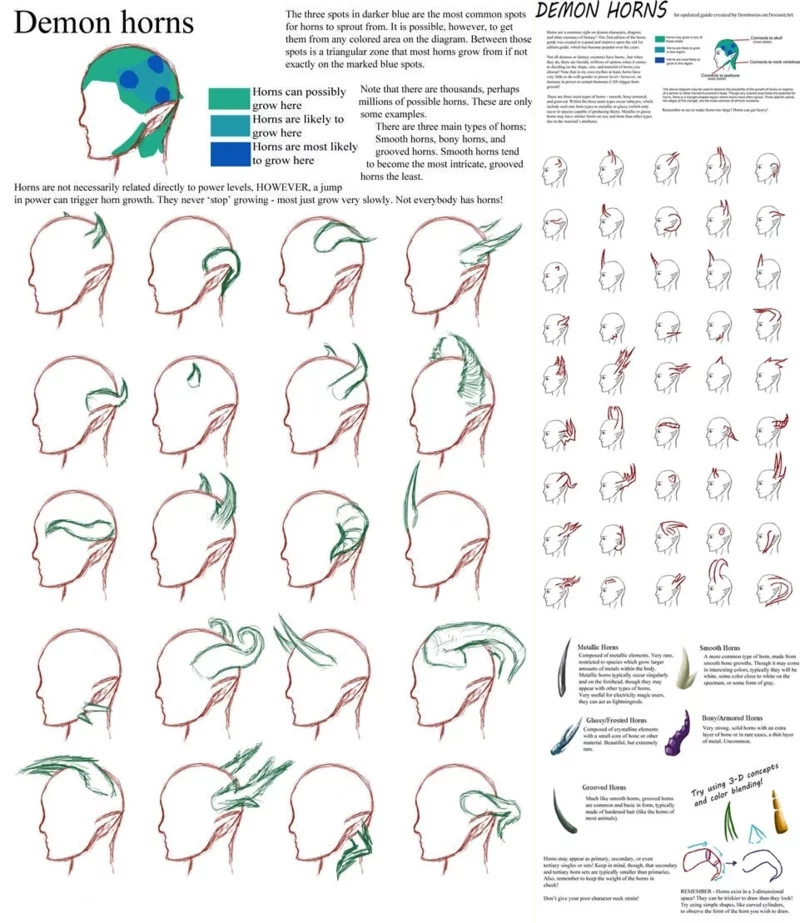
A lot can be said about horns - this is a very ancient symbol, which is not limited to their "instruction". After all, you immediately mentioned only the phraseology "turn your horns", right?
I will not repeat someone else's text - there is an article "About Horns, Male and Female", by Tatiana Valodzina (translated by Maria Mayerchyk), it is quite concise, less than seven pages of the text itself, everything is written quite clearly. I recommend
shron1.chtyvo.org.ua
I myself want to remind about the horns used without the context of infidelity.
For example, the horned Moses.
Until the 17th century. among Catholics, Moses was horned - this is how he was depicted in pictures and statues. The translation is to blame for this - the fact is that in the ancient Hebrew language the word "ray, illuminated" and "horn" were spelled the same. So Moses came after the conversation with God, not with a shining face, but with horns.
At the same time, the translation cannot be called incorrect - ancient Hebrew has quite a lot in common with ancient Egyptian, and in Ancient Egypt, horns were a symbol of divinity, rebirth and the sun.
I will also remind you about the other most famous "cuckold" - Alexander the Great with his horned helmet.
It is believed that Macedonian horns appeared after the conquest of Egypt - the priests there called Alexander, who freed them from the Persians, the son of the god Amon and the rightful pharaoh.
The sacred animal of the god Amun was the ram, so ram's horns were his attributes. Before Macedonian, among the pharaohs, only Ramses II the Great could afford to wear the attribute of the main god on himself (and not as an element of the ritual crown).
Dolls in catalog
You may like


